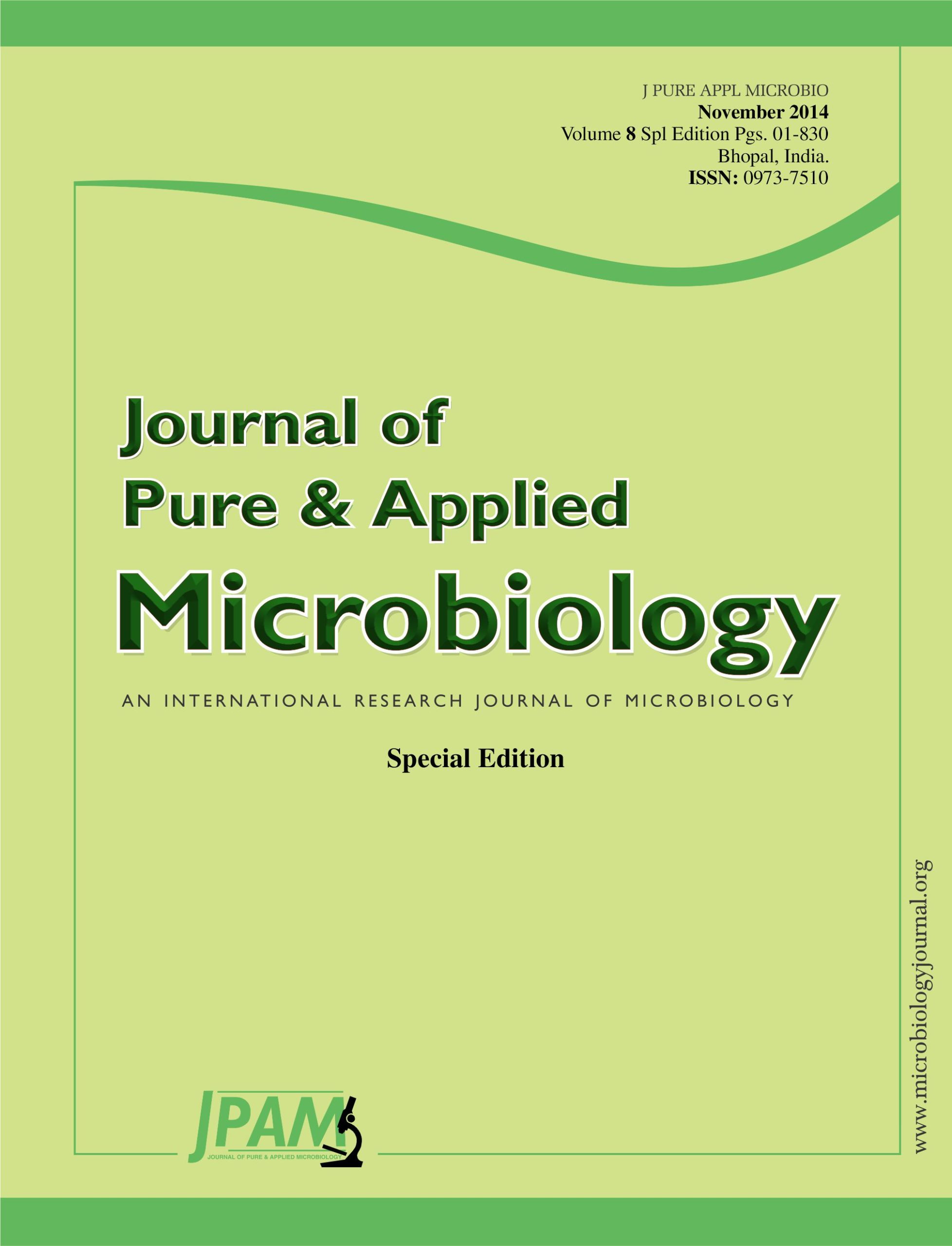The occurrence of Actinomycetes, their molecular characteristics, and their release of synthesized odor compounds into soil and the water systems were investigated. The average numbers of Actinomycetes was 9.0 × 105 CFU/g in the soil and 4.8 CFU/mL in the water. The average numbers of Actinomycetes in the soil was highest at the Yangpyeong (YP) testing site (2.2 × 106 CFU/g), followed by the Gyeongan (GA), Paldang (PD), and Cheongpyeong (CP) sites. The Streptomyces genus, which can produce odor compounds such as geosmin and 2-Methylisoborneol (MIB), was dominant (67.6%). An enhanced proportion of Streptomyces with plant soil was also observed by independent pyrosequencing results of cultures. The bacterial diversity of GA and CP was greater than those of YP and PD, and pyrosequencing detected diverse genera of Actinobacteria. The rain leaching model experiment suggested that geosmin and 2-MIB produced by the Actinomycetes could be released into the water systems by rainfall. The concentrations of the geosmin and 2-MIB leached from the planted soils were 2.6 times and 2.8 times greater than those from the unplanted soil. Moreover, the concentration of Streptomyces positively correlated with the amount of geosmin and 2-MIB (R2 = 0.809 and 0.847, respectively).
Actinomycetes, Geosmin, 2-MIB, 16S rDNA, pyrosequencing
© The Author(s) 2014. Open Access. This article is distributed under the terms of the Creative Commons Attribution 4.0 International License which permits unrestricted use, sharing, distribution, and reproduction in any medium, provided you give appropriate credit to the original author(s) and the source, provide a link to the Creative Commons license, and indicate if changes were made.


